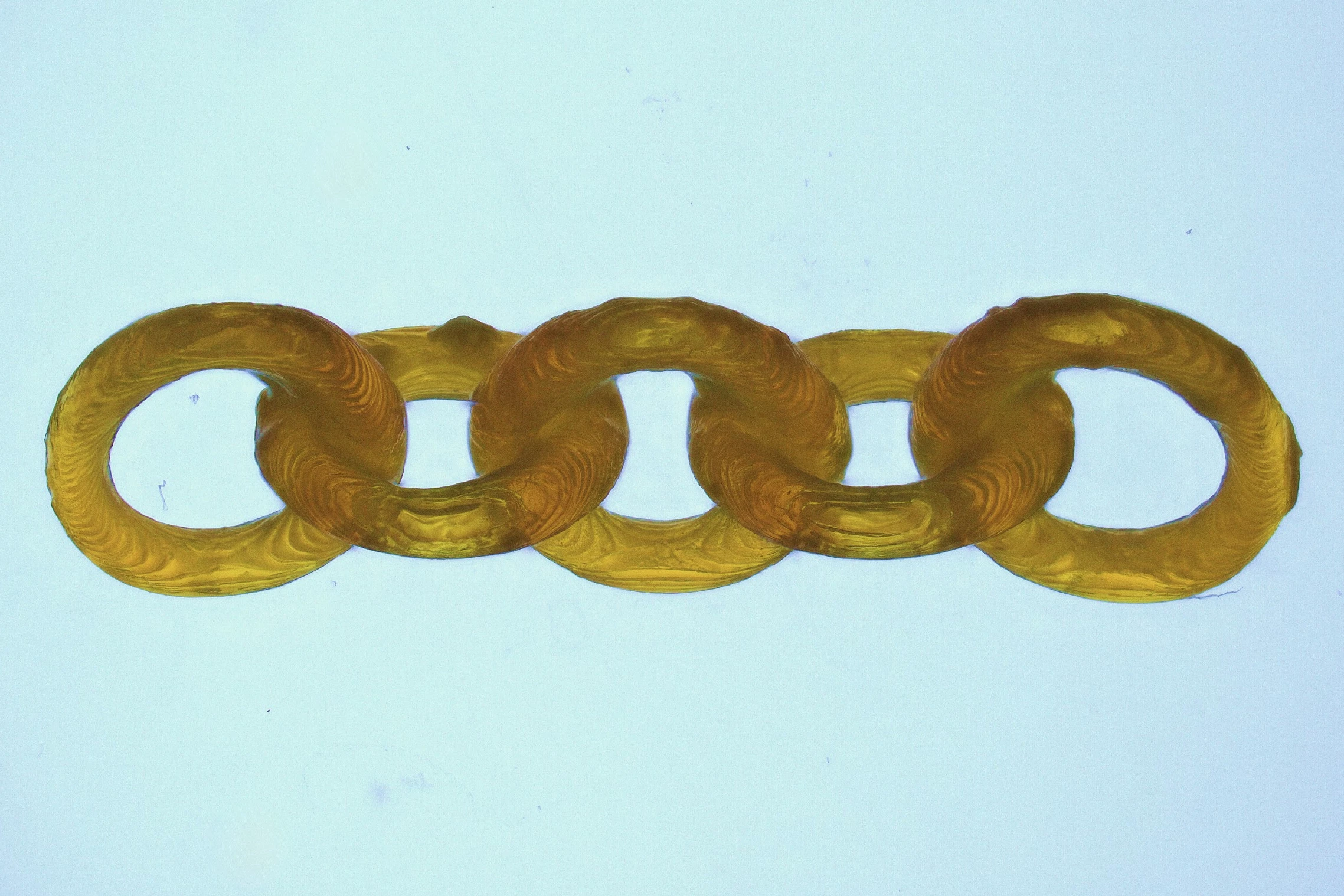While 3D printing is indeed a burgeoning technology, it's limited by the fact that items can typically only be printed from a single material. A new system still uses just one print resin, but that substance can form into two different solid materials as needed.
When most of us think of 3D printing, we picture a technique known as fused deposition modeling (FDM). In a nutshell, FDM printers produce objects via a nozzle that moves back and forth over a print bed, depositing a filament of molten thermoplastic in successive layers.
When speed and/or fine detailing are particularly important, however, a process called vat photopolymerization (VP) may be used instead.
It involves shining focused patterns of light through the transparent sides of a vat of photosensitive resin. Doing so causes select areas of the resin within to polymerize into layers of solid material. The finished solid item is raised out of the vat, leaving the rest of the still-liquid resin behind.
When using VP to print objects with complex features such as overhangs and arches, structural supports are often added to keep those features from sagging as they're being built up. Once the print job is complete, those supports have to be manually cut out of the finished object. It can be quite a fiddly process, in which the item may be accidentally damaged.
That's where the experimental new VP system comes in.
Developed by scientists from the University of California Santa Barbara and the Lawrence Livermore National Laboratory (LLNL), it utilizes a resin made mainly of epoxy and acrylate monomers. It also utilizes a printer that simultaneously emits beams of both ultraviolet and visible light. That said, by independently tilting micro-mirrors within the printer to different angles, the two beams of light can be separately directed to different pixel-wide locations within each print layer.
Wherever the resin is exposed to the UV light, the epoxy monomers harden to form the permanent parts of the object. And wherever the resin is exposed to the visible light, the acrylate monomers harden to form the support structures. Importantly, those supports – and only those supports – dissolve within 15 minutes when the object is subsequently immersed in a sodium hydroxide (aka lye) solution.
The scientists have already utilized the technology to print items such as a checkerboard pattern, a cross, a chain, a ball in a cage, and two balls in a helix. Down the road, it may be used to create more practical items like tissue engineering scaffolds, joints and hinges.
"Vat photopolymerization is known for its fast and high-resolution printing, but one of the most nerve-wracking parts after printing is manually removing supports for intricate interlocking and overhang structures," says LLNL's Maxim Shusteff, who led the study along with LLNL's Sijia Huang. "We are very excited that we can use simple chemistry to solve this issue."
The research is described in a paper that was recently published in the journal ACS Central Science.
Source: American Chemical Society




